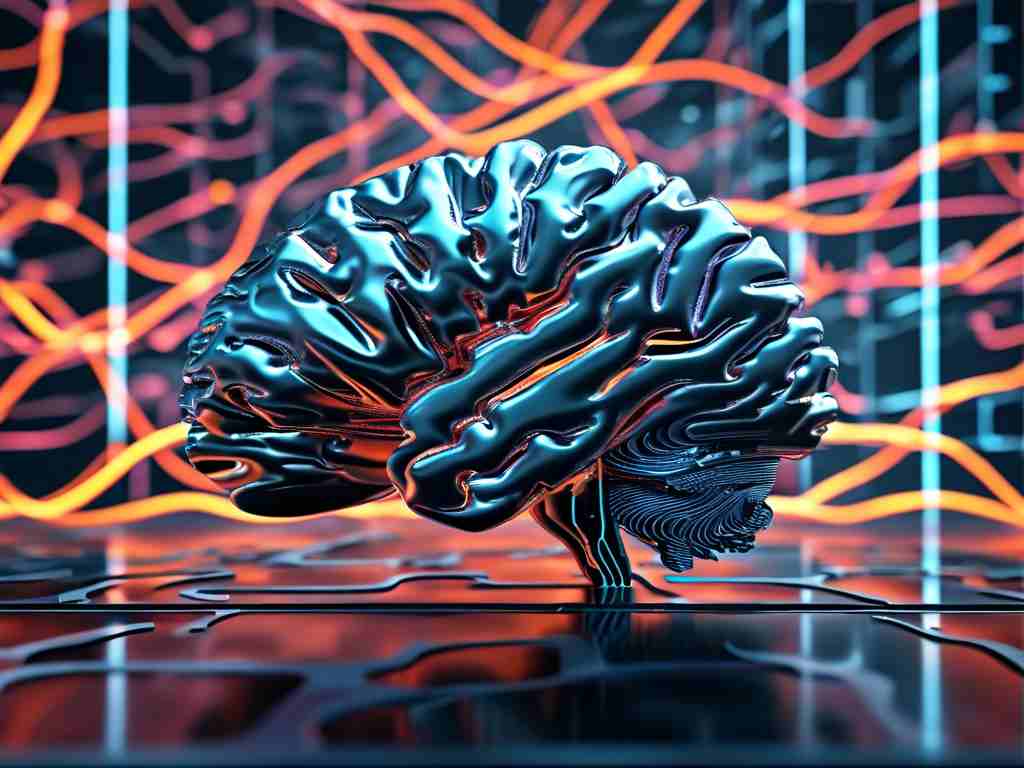The relationship between generative neural networks and deep neural networks has become a focal point in artificial intelligence research. To address the question "Are generative neural networks a subset of deep neural networks?" we must first clarify definitions, examine architectural overlaps, and analyze functional distinctions.

Defining Key Concepts
Deep Neural Networks (DNNs) are computational models composed of multiple interconnected layers (input, hidden, and output layers) that learn hierarchical representations of data. Their "depth" refers to the number of layers, enabling them to model complex patterns in tasks like image recognition and natural language processing.
Generative Neural Networks (GNNs), such as Generative Adversarial Networks (GANs) and Variational Autoencoders (VAEs), specialize in creating new data samples that mimic training data distributions. Unlike discriminative models (e.g., classifiers), they focus on understanding data probability distributions to generate novel outputs.
Architectural Overlaps
Generative models often employ deep architectures. For instance:
- GANs use two deep networks—a generator and a discriminator—that compete in a minimax game.
- VAEs rely on encoder-decoder structures with multiple hidden layers to compress and reconstruct data.
- Transformer-based models like GPT-3 use deep layers for text generation.
This reliance on layered structures places many GNNs firmly within the DNN paradigm. However, not all generative models require depth—shallow autoregressive models exist—but modern state-of-the-art systems overwhelmingly use deep architectures.
Functional Distinctions
While DNNs encompass both discriminative and generative tasks, GNNs have unique characteristics:
- Objective Function: GNNs optimize for data generation quality (e.g., minimizing Jensen-Shannon divergence in GANs), whereas DNNs may prioritize classification accuracy or regression error.
- Training Dynamics: GNNs often face instability issues (e.g., mode collapse in GANs), requiring specialized techniques like gradient penalty or attention mechanisms.
- Output Type: DNNs produce predictions (labels, values), while GNNs generate high-dimensional data (images, text).
The Subset Debate
Arguments for classifying GNNs as DNN subsets include:
- Shared infrastructure (e.g., backpropagation, activation functions).
- Use of deep layers to capture hierarchical features in generative tasks.
- Integration with hybrid systems (e.g., deep reinforcement learning with generative components).
Counterarguments emphasize:
- Algorithmic Focus: GNNs prioritize probabilistic modeling over discriminative learning.
- Unique Architectures: Techniques like latent space manipulation in VAEs differ from standard DNN workflows.
- Theoretical Frameworks: GNNs rely heavily on Bayesian inference and information theory, areas less central to traditional DNNs.
Case Studies
- StyleGAN3: This deep generative model uses 18+ layers to synthesize photorealistic human faces, demonstrating how depth enhances output quality.
- BERT for Text Generation: Though primarily discriminative, BERT’s deep architecture has been adapted for generative tasks via fine-tuning.
- Shallow PixelCNN: A rare example of a non-deep GNN, achieving modest results compared to deep variants.
Practical Implications
Understanding this relationship affects:
- Hardware Design: Both GNNs and DNNs benefit from GPU acceleration but may prioritize memory bandwidth (GNNs) vs. parallel compute (DNNs).
- Ethical AI: Deep generative models raise concerns about deepfakes, requiring regulatory frameworks distinct from discriminative systems.
- Research Funding: Agencies must decide whether to categorize GNN research under the broader DNN umbrella.
Generative neural networks are best described as a specialized branch of deep neural networks. While they share foundational principles with DNNs—such as layered transformations and gradient-based learning—their unique objectives, training challenges, and output modalities justify classification as a distinct subset. As AI evolves, the boundary between generative and discriminative deep models will likely blur further, driven by hybrid architectures like diffusion models and multimodal systems.
Word count: 1,023









